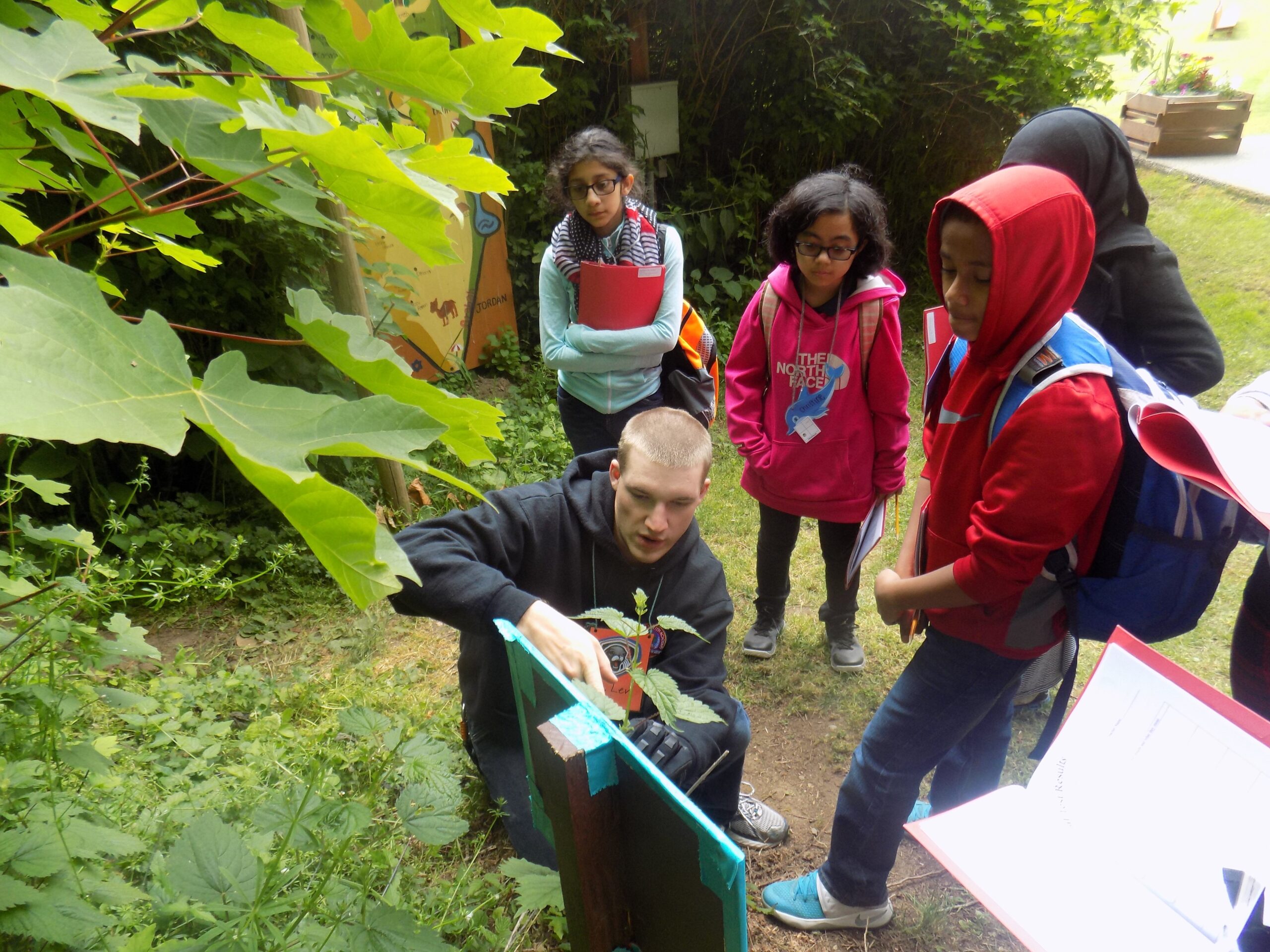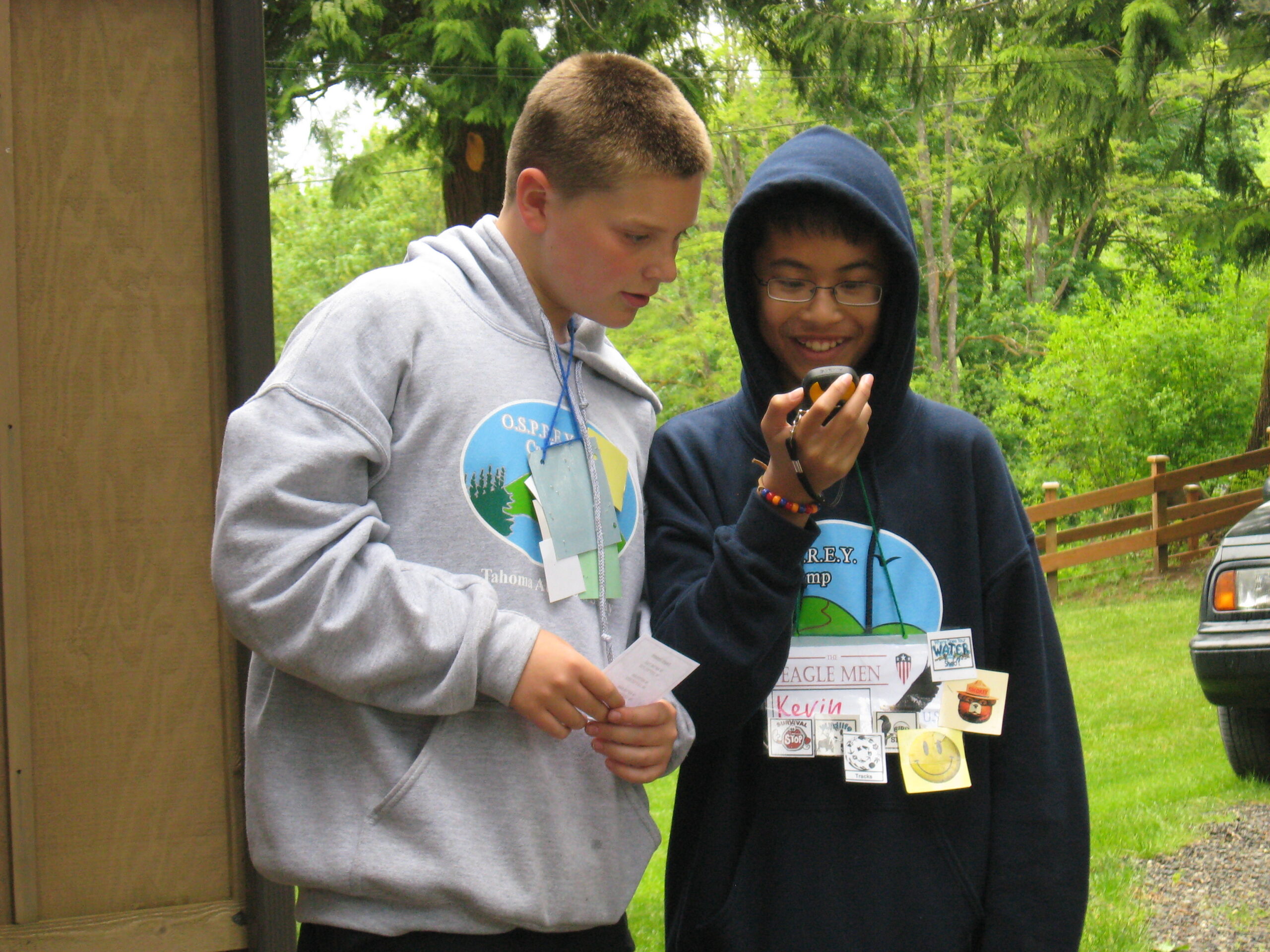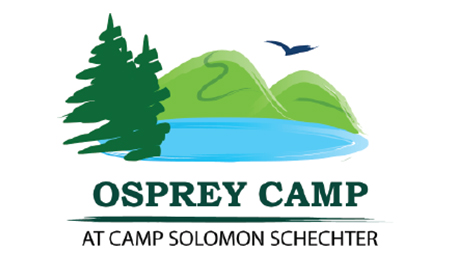Academic Options
Academics
Watersheds
Lake Critters
Soil Study
Plant & Tree Identification
Nature’s Composting
WA Wildlife
Animal Tracks
Birding
Outdoor Adventures
Archery
Canoeing
Survival Study
Geocaching
Rope Making
Acclimatization
Ga Ga Ball
Sketching
Poetry/ Haiku
Adopt a Tree
Ecological Hikes
Water Ecology Hike
Wildlife Ecology Hike
NW Roots Hike
Lake Walk



- Academics
- Outdoor Adventures
- Ecological Hikes
Water Study
Utilizing a variety of tests, students will analyze a water sample from Lake Stampfer. Upon completing the tests, students will discuss their results in small groups and explore their meaning.
Watersheds
We all live downstream. Utilizing the community model and acting out the story being read, students discover how their actions affect their water supply. The ground water filtration model will help them understand the importance of healthy habits.
Lake Critters
Students help determine the water quality of Lake Stampfer, based on the indicator species found in the lake. Using small nets, hand lenses, and petri dishes, students have fun making observations with this activity.
Soil Study
Students work in small groups to perform scientific tests on different soil samples found throughout camp. Students will make observations based on their results and small groups will discuss the importance of the presence of these characteristics in soil.
Plant and Tree Identification
Students will learn basic plant and tree identification characteristics. They will work to identify plants and trees native to the Pacific Northwest. Students will discuss invasive plants and trees and how they affect our ecosystems.
Nature’s Composting
Students spend time in the forest, with hands on activities, to determine which forest space indicates a healthier ecosystem based on the evidence of the nutrient cycle at work.
Washington Wildlife
Hands-on activity giving students the opportunity to examine wildlife native to Washington state. Students will be able to touch and record observations of animal pelts, antlers, skulls, tracks, and scat.
Animal Tracks
After learning the basics of track identification and how to observe tracks, students will be able to make a plaster casting of a track impression. Successful completion of this activity provides students with a souvenir to take home.
Birding
Students learn the basics of bird watching with the opportunity to observe birds in the wild through binoculars. This activity includes touching bird bio facts and listening to recorded bird calls. Discussion is included to explore the importance of birds as indicator species.
Creative Writing
Shakespeare in the woods! Student use their imagination to tell stories and express themselves. With guided questions, students spend time being inspired by the natural beauty and get the scoop on techniques that writers use to captivate readers. In the woods, the pencil is mightier than the keyboard!
Boating
Enjoy a beautiful afternoon outdoors while practicing your boating skills on Lake Stampfer.
Archery
Sharpen your aim during our hands-on experience with our very own archery experts.
Canoeing
Learn the ins and outs of paddling and boating leadership while enjoying a jaunt around our lake.
Geocaching
Students learn how to use a GPS unit and work together, in small groups, to discover ‘Geocaches’ throughout camp. Teamwork and communication skills are emphasized in this activity.
Ropemaking
Using strands of twine and their own hands, students work with partner to create a rope. Each student will complete a rope sample to take home as a souvenir.
Survival Study
Students learn strategies to survive if they become lost in the wilderness. ‘Ten Essentials’ for hiking are examined and discussed, and students work together to practice their survival skills with interactive scenarios.
Acclimatization
Use your senses – but not sight! Walk blindfolded through the woods following rope guides. Listen and feel your way around as you navigate through forest trails, up and down hills, around trees and through difficult terrain. You won’t believe what you’re able to do without even looking!
Gaga Ball
Duck! Gaga ball is a fan favorite at OSPREY Camp. It is similar to dodge ball but played in a 3-foot pit. It has it all: fast action, good exercise and it’s a great team builder. You’ll go gaga for gaga ball!
Sketching
Ready, Set, Draw! We have all kinds of drawing supplies to choose from. Take your pick, and then use Camp Schechter’s scenic beauty as an inspiration to create your masterpiece. Maybe a salamander will even strike a pose for you!
Enchanted Forest
Do you believe in magic? This wooded wonderland will drop your jaw as you experience some of the finest sights and sounds Mother Nature has to offer. Take some time to stop and smell the… Douglas fir. We haven’t seen any elves or fairies, but there might be a squirrel with a wand!
Mystery Trees
Get ready gumshoes! There is a mystery afoot, and you’re on the case. Make observations and inferences with your classmates. You may be amazed at how the pieces fall into place as you solve this puzzle. Spoiler alert – the butler didn’t do it!
Circle of Life
You learned about it from the Lion King, now see it up close! Meet and embrace one of the largest living members of the OSPREY Camp family. You’ll get to observe how living things rely on each other as you experience the circle of life in action. Don’t be a square!
Lake Walk
Get your binoculars ready! Another of OSPREY Camp’s amazing ecosystems, Lake Stampfer is a great place to see wildlife interacting with their environments. If you keep your eyes peeled, you just may see a salamander on the damp ground or an eagle searching for lunch. But, we’ll be as surprised as you are if the lake walks!
Riverfront
Go with the flow! The Deschutes River runs through camp and gives us the opportunity to learn about ecosystems with moving water. See animals living in the water, using it for a freeway or stopping by for a drink. It’s a challenge to get there…if you’re up for it, the feeling of success awaits you! #Courage!
Cedar Grove
Cedar swoops! Western Red Cedars are some of the most iconic trees of the Pacific Northwest. Spend some time soaking in the majesty of their gracefully curved boughs, their beautiful scent and their unique coloring. Plus, you’ll learn why they are nicknamed the “beef jerky tree!”
Adopt a Tree
Students spend some quiet reflection time, imagining the ‘life of a tree’ and creating its story, in this creative and thought provoking activity.
One Small Blue Bead
Students will learn the importance of beads to the Native Americans during this quiet activity. Students will make a necklace using special techniques used over 200 years ago, while listening to a story titled “One Small Blue Bead.”
Haiku or Cinquain
Students will gain a better appreciation for their beautiful surroundings while spending some time with poetry writing. This activity provides some quiet reflection time and allows students to practice writing either a Haiku or Cinquain.
